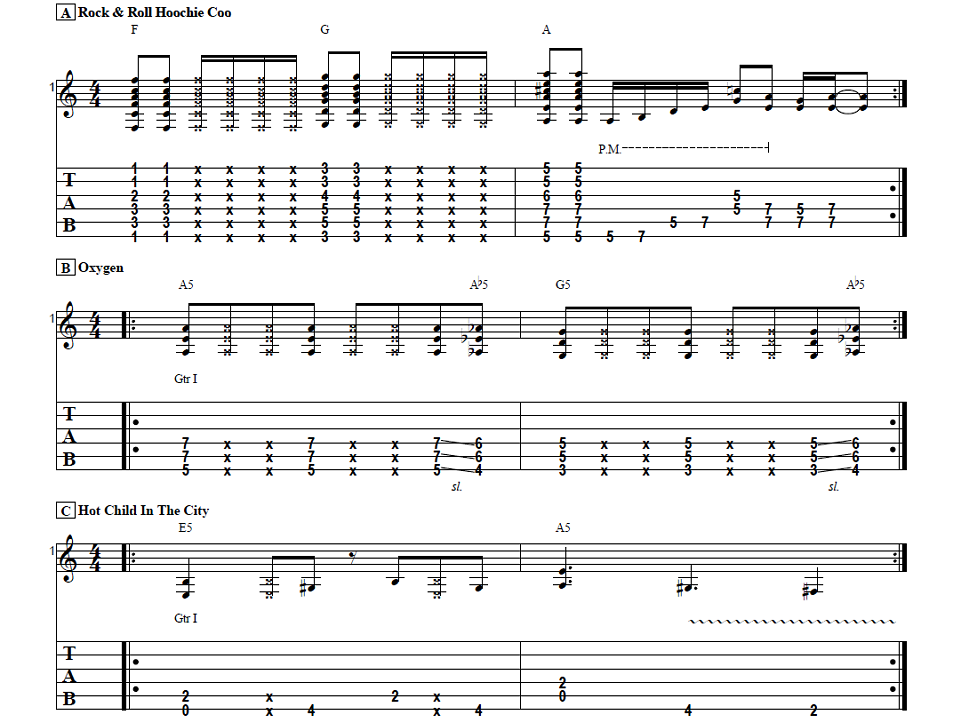As a guitar instructor, one issue I see with a lot of students is the frustration they feel when it comes to left and right hand coordination. I can’t tell you how many times I’ve seen a student who could make chords but not strum with any sort of rhythm. Part of this is because the concept of establishing rhythm by strumming is foreign to a lot of beginners, and the problem is compounded by poor posture and a stiff strumming arm.
Any guitar lesson beginner level should start with basic instruction that includes how to sit when holding the guitar and how to position both left and right hands. Proper posture is essential in these beginning stages. You can get more laid back as your skills improve, but if you don’t establish proper playing in the beginning, chances are you’ll give up trying to play pretty fast.
With this in mind, find a comfortable chair that allows you to put your feet flat on the floor and hold your guitar in front of you at a slight angle, with the neck pointing up. Don’t try to hold the guitar level across your lap or you’ll find yourself slouching over to try and see the chords you want to play. See the illustration below. This position allows you to bend your wrist slightly away from you to facilitate better fingering of chords and helps keep you from getting cramps.

Once you’ve established a comfortable playing position, it’s time to coordinate your fret hand and your strumming hand. To make a chord, place the tips of your fingers on the neck of the guitar just behind the fret (the metal bar across the guitar neck) you need to play. Make sure your wrist is extended slightly forward to avoid touching strings with your fingers when you’re not supposed to. This can cause the strings to be muted and the chord won’t fully ring out.
Once you can make a chord and strum it so that all of the strings sound, hold the chord and work on a strum pattern. Take a look at the strum pattern below and note the indications for UP and DOWN. This exercise uses two simple chords, an Em and an Am. Play through the pattern using the indicated strum direction until you can do it smoothly. Relax your arm while you play. This helps make your strumming more fluid.


Again, I can’t stress the importance of working on both hands at the same time when you’re first starting out. If you focus on one hand more than the other, you’ll find them competing against each other and you’ll have to struggle playing catch up later on.


